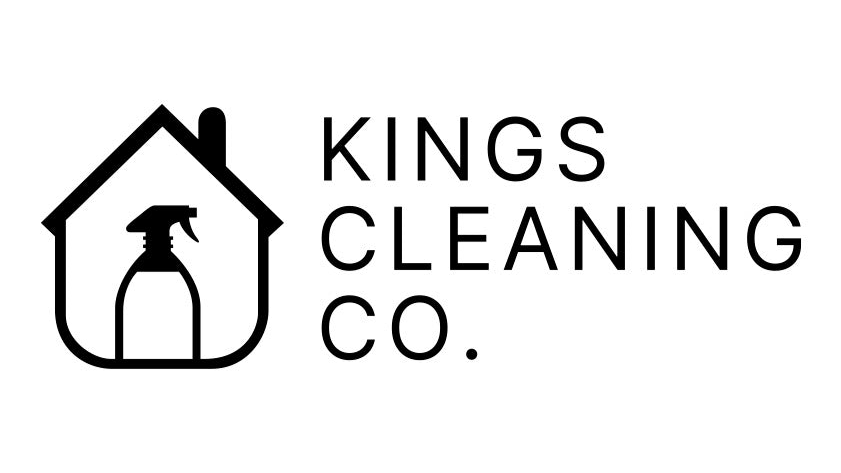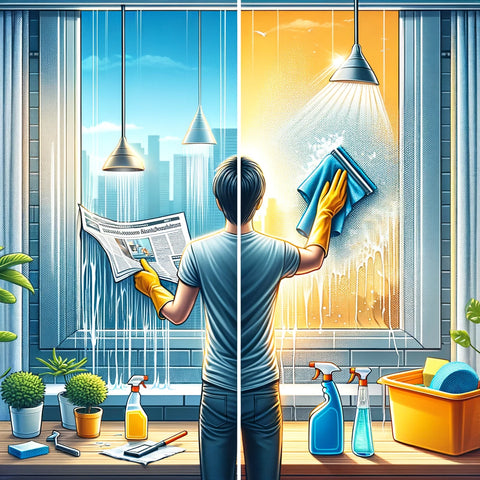The Clean Swap: Your Health and Home’s Breath of Fresh Air
The journey to a healthier lifestyle often starts with what we eat and how we move, but what about the way we clean? It’s time to turn our focus to the hidden dangers lurking in our cleaning cabinets. This guide is your ticket to ditching those toxic cleaners and embracing a cleaning routine that’s not only safer for you and your loved ones but also kinder to our planet. Let’s embark on this green cleaning adventure together.
The Hidden Hazards of Conventional Cleaners
Many of us have grown accustomed to the strong scents and chemical cocktails of conventional cleaning products, believing they’re the only way to truly get our homes clean. However, these products can contain harmful chemicals like ammonia, chlorine bleach, and phthalates, which can cause respiratory issues, skin irritation, and even long-term health problems with regular exposure. Furthermore, they pose a significant risk to our environment, contaminating waterways and harming wildlife.
Making the Green Transition
1. Start with a Detox: Begin by identifying and safely disposing of cleaners that contain toxic ingredients. Look for your local hazardous waste disposal guidelines to do this responsibly.
2. Read Labels Carefully: Not all products marketed as “green” or “natural” live up to their claims. Learn to decipher labels and look for certifications from reputable organisations like the EPA’s Safer Choice program.
3. Embrace the Basics: The foundation of a green cleaning kit includes baking soda, vinegar, lemon, castile soap, and essential oils. These ingredients can tackle a wide range of cleaning tasks without the harmful side effects.
4. DIY Cleaning Solutions: Mixing up your own cleaning products can be simple, cost-effective, and satisfying. For example, a combination of vinegar and water can create a powerful window cleaner, while baking soda is excellent for scrubbing away grime.
5. Choose Eco-Friendly Tools: Swap disposable cleaning wipes and paper towels for reusable microfiber cloths or old t-shirts. Not only do these choices reduce waste, but they also enhance the eco-friendliness of your cleaning routine.
Benefits Beyond the Clean
Healthier Home: By eliminating toxic cleaners, you reduce the risk of chemical exposure, creating a safer living environment, especially for children and pets.
Environmental Impact: Eco-friendly cleaning practices contribute to reducing pollution and conserving resources, aligning your household with broader sustainability goals.
Cost Savings: Many green cleaning solutions can be made with inexpensive, everyday items you likely already have in your pantry, saving you money in the long run.
DIY Recipe to Get You Started
All-Purpose Cleaner:
- 1 part water
- 1 part white vinegar
- A few drops of essential oil (like lavender or lemon for a fresh scent)
Combine in a spray bottle for an effective, pleasant-smelling cleaner suitable for most surfaces.
Conclusion
Transitioning to a greener cleaning routine is a step toward a healthier, more sustainable lifestyle. It’s about making informed choices and understanding that the power to create a safer environment lies in our hands—and our homes. As we say goodbye to toxic cleaners, we welcome a world of natural freshness and purity into our lives, proving that clean doesn’t have to mean mean.
FAQs
Q: Can natural cleaners really kill germs? A: Yes, ingredients like vinegar and essential oils can effectively kill bacteria and viruses on household surfaces. For tougher jobs, look for EPA-approved disinfectants that meet safety and efficacy standards without harsh chemicals.
Q: Are eco-friendly cleaning products more expensive? A: While some eco-friendly products may have a higher price tag upfront, DIY solutions and the longevity of reusable tools can actually lead to savings. Plus, investing in your health and the planet is priceless.
Q: How do I store homemade cleaners? A: Store your DIY cleaners in clean, labeled bottles, preferably glass, as some essential oils can degrade plastic over time. Keep them out of direct sunlight and away from extreme temperatures.





Comments (0)
There are no comments for this article. Be the first one to leave a message!